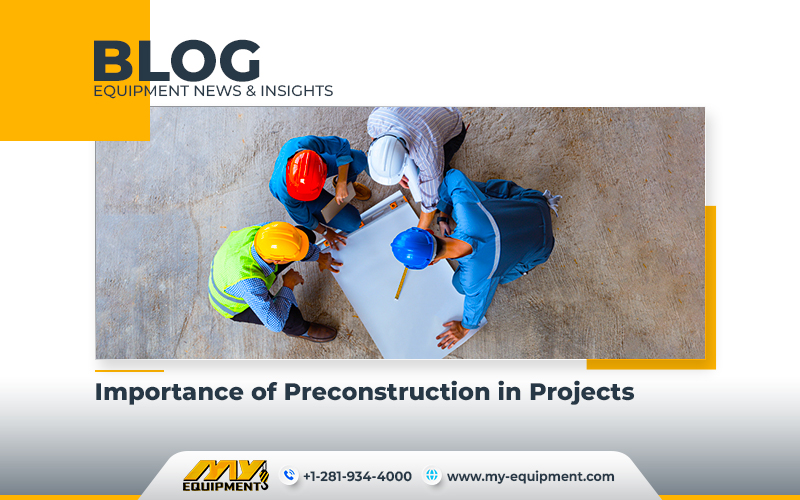Traditionally, the construction industry followed a model where the owner engaged with the architect for initial project design before involving the general contractor (GC). This approach, known as the construction manager at risk model, often introduced uncertainty, conflict, and misunderstandings among project stakeholders due to the often fragmented communication and handoffs.
The Impact of COVID-19
The onset of the pandemic disrupted construction projects, forcing designers, owners, and GCs to reexamine some of their strategies. As projects stalled due to a lot of regulations and supply chain disruptions, stakeholders came together to address challenges constructively. This marked the beginning of a more open and transparent communication dialogue between all parties involved in preconstruction.
Early Collaboration and Better Communication
In response to the pandemic, construction projects began adopting more progressive and inclusive delivery approaches. Integrated project delivery models, lean construction, and flow scheduling emerged as strategies that helped to reduce preconstruction conflicts. These approaches help in fostering collaboration, improved communication, and shortened project durations. This way they ended up ultimately making project outcomes better.
Changing Client Expectations
Clients now expect projects to be completed more rapidly, viewing preconstruction as a factor that helps in achieving quicker time-to-market goals. Despite the supply chain delays for large scale infrastructure components, clients continue to point out the importance of efficient preconstruction processes.
The Pressure of Tightened Schedules
Post-pandemic, pre-construction schedules have shrunk by a third. This of course is placing more pressure on designers, planners, and material procurement teams. This time constraint once again forces us to look at the importance of alignment and focus among project teams, as hasty planning can lead to not the unsatisfactory outcomes.
Balancing Quality and Efficiency
While pre-construction faces time constraints, it remains a big step for setting up projects correctly. The industry acknowledges the need to strike a good balance between efficiency and quality. Rushing pre-construction can actually result in low-quality outcomes. It is instead preferable to invest the time needed to develop a well considered design that can be successfully executed.


 1400 Broadfield Blvd, Houston, TX 77084,
USA.
1400 Broadfield Blvd, Houston, TX 77084,
USA.